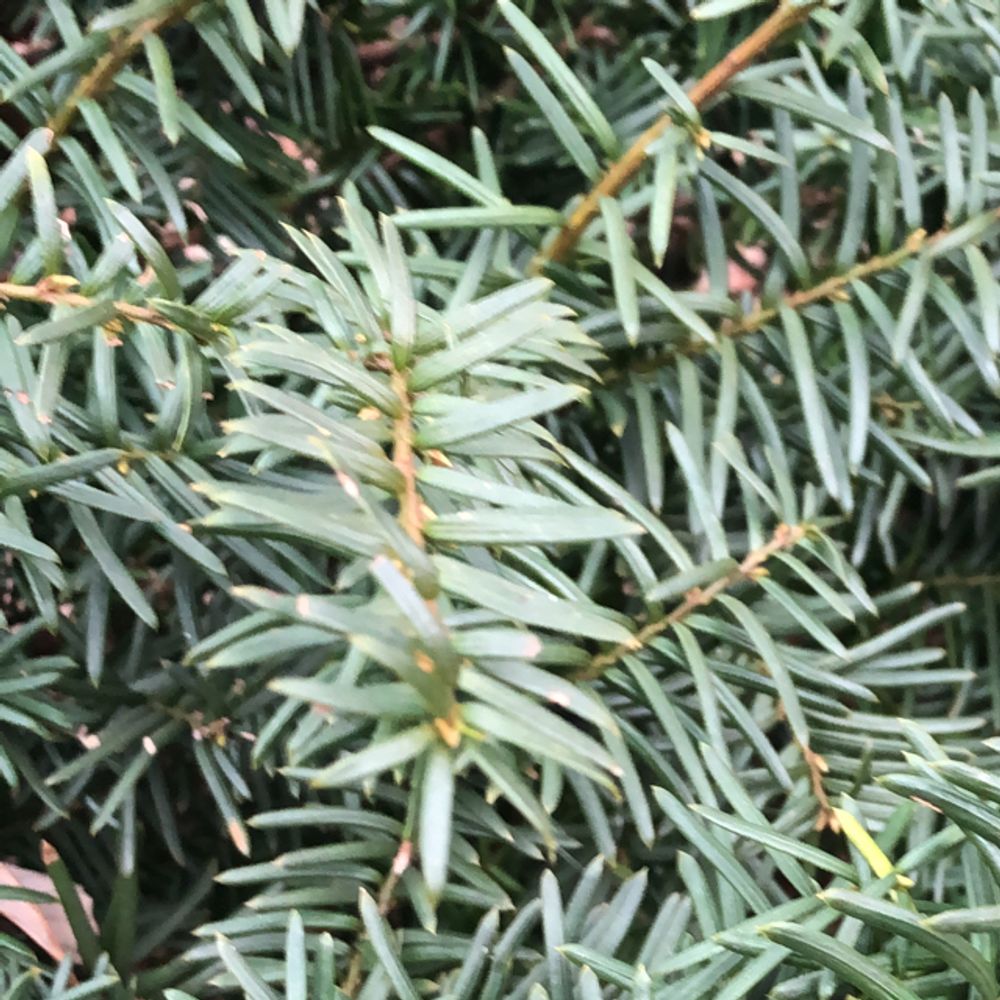Canada Yew
(Taxus canadensis)

Description
“Pet poisonous” – Toxic parts: bark, leaves, seeds Taxus canadensis,the Canada yew or Canadian yew,is a conifer native to central and eastern North America,thriving in swampy woods,ravines,riverbanks and on lake shores.Locally called simply "yew",this species is also referred to as American yew or ground-hemlock.Most of its range is well north of the Ohio River.It is,however,found as a rare ice age relict in some coves of the Appalachian Mountains.The southernmost colonies are known from Ashe and Watauga Counties in North Carolina.It is usually a sprawling shrub,rarely exceeding 2.5 m tall.It sometimes forms strong upright central leaders,but these cannot be formed from spreading branches,only from the original leader of the seedling plant.The shrub has thin scaly brown bark.The leaves (needles) are lanceolate,flat,dark green,1?2.5 cm (3_8?1 inch) long and 1?2.4 mm (0.039?0.094 inches) broad,arranged in two flat rows either side of the branch.The seed cones are highly modified,each cone containing a single seed partly surrounded by a modified scale which develops into a soft,bright red berry-like structure called an aril,open at the end.The seeds are eaten by thrushes,waxwings and other birds,which disperse the hard seeds undamaged in their droppings.The male cones are globose,3 mm diameter.It is a monoecious plant ? one of the few in the genus.
Taxonomic tree:







